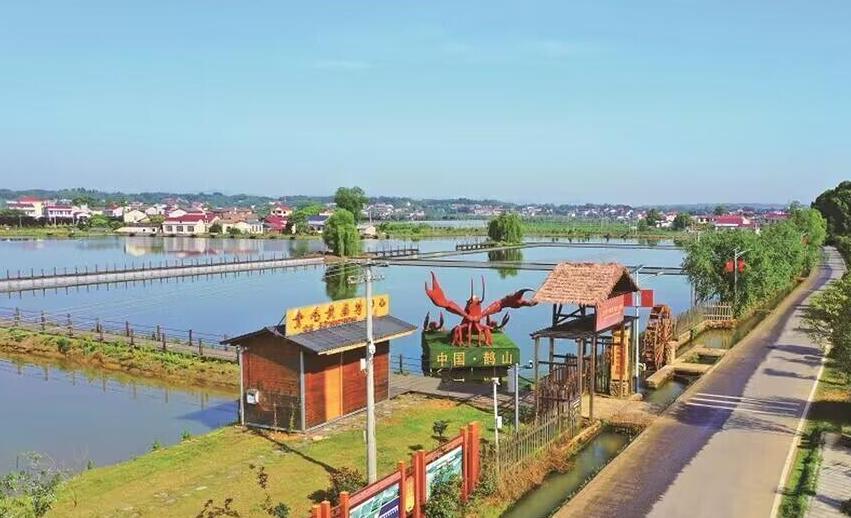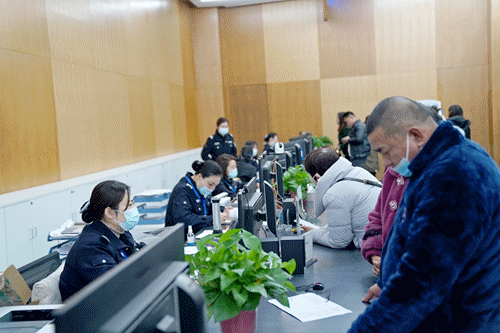RED ACHIEVEMENTS SHINE BRIGHT IN CITY OF CHU
Red tourism
Changsha has 10 national patriotism education demonstration bases, 35 provincial patriotism education bases, 34 city-level patriotism education bases, and 22 county-level patriotism education bases. A network of patriotism education bases that complement each other in the four-level bases of "National, Province, City, and County", "Cultural Relics and Museums, Revolutionary History Memorials, Achievements of Modernization, and Scenic Spots". Since the beginning of this year, Changsha has explored the Red resources and integrated the study and education of history centered on celebrating the 100th anniversary of the founding of the Party. It is planning to launch the Dajiang Dahe Symphony Season Baili Gallery to celebrate the 100th anniversary of the founding of the Communist Party of China.
One of the first groups of historical and cultural cities recognized by the State Council, Changsha is known as the cradle for the Chu, major contending powers in the latter years of the Qin Dynasty (221-206 BC).
In this land, a series of magnificent Red achievements have been interpreted for 100 years, and the spirit it contains continues to inspire future generations.
A base for the Chinese Communist Movement and China's New Democratic Revolution, Changsha can be described as the "Red cradle" that gave birth to "revolutionary philosophers" such as Mao Zedong, founder of the People's Republic of China.
In recent years, Changsha has combined its Red gene with the city's cultural heritage.
Wu Guiying, Party secretary of Changsha, said that in the study of Party history, every revolutionary story, cultural relic site, and education base that remains in Changsha today is a history textbook.
The Red cultural resources of Changsha are unique and rich.
There are 2,095 Red resource sites in Hunan, and 275 in Changsha, including 26 great men, 22 former residences of celebrities, 26 hot spots for workers, and 19 memorial sites for revolutionary martyrs.
Red cultural symbols, from the Hunan Party History Exhibition Hall, Aiwan Pavilion, the Changsha History Museum, Yang Kaihui Memorial Hall, the former site of the Autumn Harvest Uprising, the former residence of late Chinese leader Hu Yaobang, and Lei Feng Memorial Hall, have long been integrated into the soul of Changsha people from generation to generation, and have become a powerful spiritual support for building the Chinese dream.
Today's people come there and explore time in the creations left by their predecessors.
A 1,000-year-old academy, Yuelu Academy at the foot of the Yuelu Mountain, was founded in 976 AD and is one of the four major academies in ancient China.
In 1903, Yuelu Academy was restructured into Hunan Higher School, and in 1926 it was officially named Hunan University.
This is the source of the local culture and the base for the gestation of ideas and academic innovation in the history of Chinese culture.
It is also a microcosm of the long history of China's higher education development and one of the oldest universities in the world's higher education history.
The former site of the Xinmin Society is an important place for the education of ideals and beliefs for young people in Changsha as well as the education of Party members and Party spirit.
The Xinmin Primary School, which is separated from the old site, has carried out the volunteer activity of "Entering the Xinmin Society and Inheriting the Red Spirit" every year since 2018.
Hunan First Normal University is the alma mater of Mao Zedong, who studied and worked there for eight springs and autumns.
He was engaged in a series of revolutionary activities such as the founding of the Communist Party of China, and realized his transformation from a young student to a revolutionary, from a radical democrat to a great Marxist.
As a result, a glorious revolutionary tradition was formed, and the Hunan First Division became a Red university.
In the Memorial Hall of Comrade Hu Yaobang, the Yaobang Spiritual Group insists on situational presentations every day, and tells the story of Hu to the tourists.
"Like a stage play, it's lively and interesting, and touches people's hearts," said Zhu Xiaozhi, a tourist from Yichun, Jiangxi province, who praised the innovative education.
Hu's hometown tourist area has launched Red cultural experience courses such as the Inheriting Yaobang's Good Family Tradition.
Since the celebration of the 90th anniversary of the Autumn Harvest Uprising, the number of tourists received by the Wenjiashi Meeting Memorial Hall of the Autumn Harvest Uprising has increased from 1.5 million in 2016 to 2.29 million in 2019, an average annual increase of 15.1 percent.
Since the beginning of this year, Changsha has tapped its Red resources and integrated the study and education of Party history into celebrating the 100th anniversary of the Party's founding.
Red resources are not only large enough in quantity, but also continue to rise in popularity.
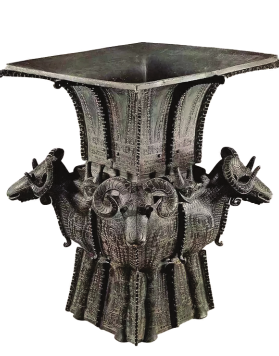
The Four Sheep Fangzun unearthed in Ningxiang, Changsha, is the largest of the Shang Dynasty (c. 16th-11th century BC) bronze Fangzun extant in China.
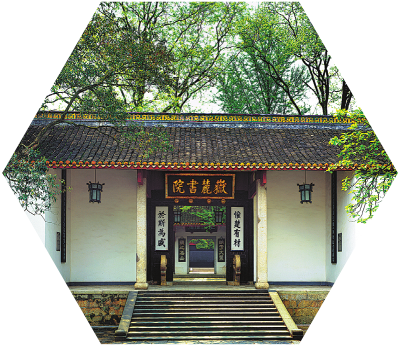
A view of the Yuelu Academy in Changsha.
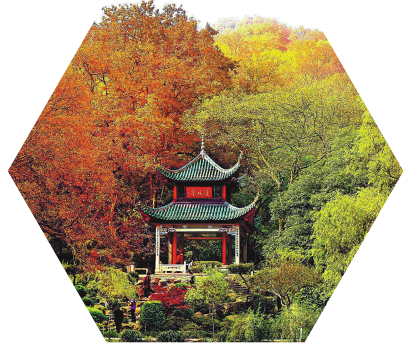
Aiwan Pavilion at the foot of the Yuelu Mountain in Changsha.
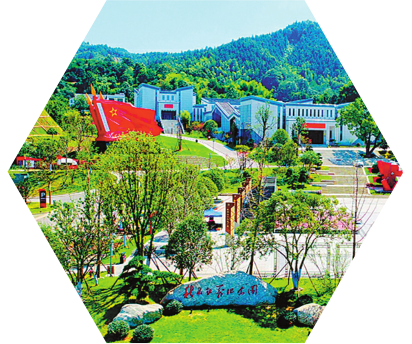
The memorial hall for the Autumn Harvest Uprising.
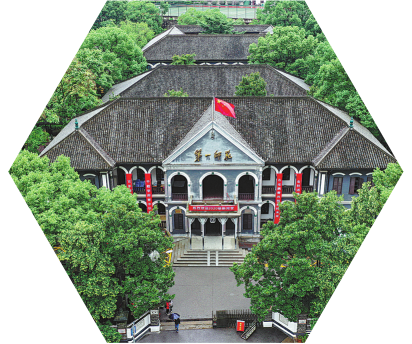
The site of the Hunan First Normal University is a national key cultural relics protection unit. GU PENGBO/FOR CHINA DAILY
Changsha has 10 national patriotism education demonstration bases, 35 provincial patriotism education bases, 34 city-level patriotism education bases, and 22 county-level patriotism education bases. A network of patriotism education bases that complement each other in the four-level bases of "National, Province, City, and County", "Cultural Relics and Museums, Revolutionary History Memorials, Achievements of Modernization, and Scenic Spots". Since the beginning of this year, Changsha has explored the Red resources and integrated the study and education of history centered on celebrating the 100th anniversary of the founding of the Party. It is planning to launch the Dajiang Dahe Symphony Season Baili Gallery to celebrate the 100th anniversary of the founding of the Communist Party of China.
One of the first groups of historical and cultural cities recognized by the State Council, Changsha is known as the cradle for the Chu, major contending powers in the latter years of the Qin Dynasty (221-206 BC).
In this land, a series of magnificent Red achievements have been interpreted for 100 years, and the spirit it contains continues to inspire future generations.
A base for the Chinese Communist Movement and China's New Democratic Revolution, Changsha can be described as the "Red cradle" that gave birth to "revolutionary philosophers" such as Mao Zedong, founder of the People's Republic of China.
In recent years, Changsha has combined its Red gene with the city's cultural heritage.
Wu Guiying, Party secretary of Changsha, said that in the study of Party history, every revolutionary story, cultural relic site, and education base that remains in Changsha today is a history textbook.
The Red cultural resources of Changsha are unique and rich.
There are 2,095 Red resource sites in Hunan, and 275 in Changsha, including 26 great men, 22 former residences of celebrities, 26 hot spots for workers, and 19 memorial sites for revolutionary martyrs.
Red cultural symbols, from the Hunan Party History Exhibition Hall, Aiwan Pavilion, the Changsha History Museum, Yang Kaihui Memorial Hall, the former site of the Autumn Harvest Uprising, the former residence of late Chinese leader Hu Yaobang, and Lei Feng Memorial Hall, have long been integrated into the soul of Changsha people from generation to generation, and have become a powerful spiritual support for building the Chinese dream.
Today's people come there and explore time in the creations left by their predecessors.
A 1,000-year-old academy, Yuelu Academy at the foot of the Yuelu Mountain, was founded in 976 AD and is one of the four major academies in ancient China.
In 1903, Yuelu Academy was restructured into Hunan Higher School, and in 1926 it was officially named Hunan University.
This is the source of the local culture and the base for the gestation of ideas and academic innovation in the history of Chinese culture.
It is also a microcosm of the long history of China's higher education development and one of the oldest universities in the world's higher education history.
The former site of the Xinmin Society is an important place for the education of ideals and beliefs for young people in Changsha as well as the education of Party members and Party spirit.
The Xinmin Primary School, which is separated from the old site, has carried out the volunteer activity of "Entering the Xinmin Society and Inheriting the Red Spirit" every year since 2018.
Hunan First Normal University is the alma mater of Mao Zedong, who studied and worked there for eight springs and autumns.
He was engaged in a series of revolutionary activities such as the founding of the Communist Party of China, and realized his transformation from a young student to a revolutionary, from a radical democrat to a great Marxist.
As a result, a glorious revolutionary tradition was formed, and the Hunan First Division became a Red university.
In the Memorial Hall of Comrade Hu Yaobang, the Yaobang Spiritual Group insists on situational presentations every day, and tells the story of Hu to the tourists.
"Like a stage play, it's lively and interesting, and touches people's hearts," said Zhu Xiaozhi, a tourist from Yichun, Jiangxi province, who praised the innovative education.
Hu's hometown tourist area has launched Red cultural experience courses such as the Inheriting Yaobang's Good Family Tradition.
Since the celebration of the 90th anniversary of the Autumn Harvest Uprising, the number of tourists received by the Wenjiashi Meeting Memorial Hall of the Autumn Harvest Uprising has increased from 1.5 million in 2016 to 2.29 million in 2019, an average annual increase of 15.1 percent.
Since the beginning of this year, Changsha has tapped its Red resources and integrated the study and education of Party history into celebrating the 100th anniversary of the Party's founding.
Red resources are not only large enough in quantity, but also continue to rise in popularity.

The Four Sheep Fangzun unearthed in Ningxiang, Changsha, is the largest of the Shang Dynasty (c. 16th-11th century BC) bronze Fangzun extant in China.

A view of the Yuelu Academy in Changsha.

Aiwan Pavilion at the foot of the Yuelu Mountain in Changsha.

The memorial hall for the Autumn Harvest Uprising.

The site of the Hunan First Normal University is a national key cultural relics protection unit. GU PENGBO/FOR CHINA DAILY

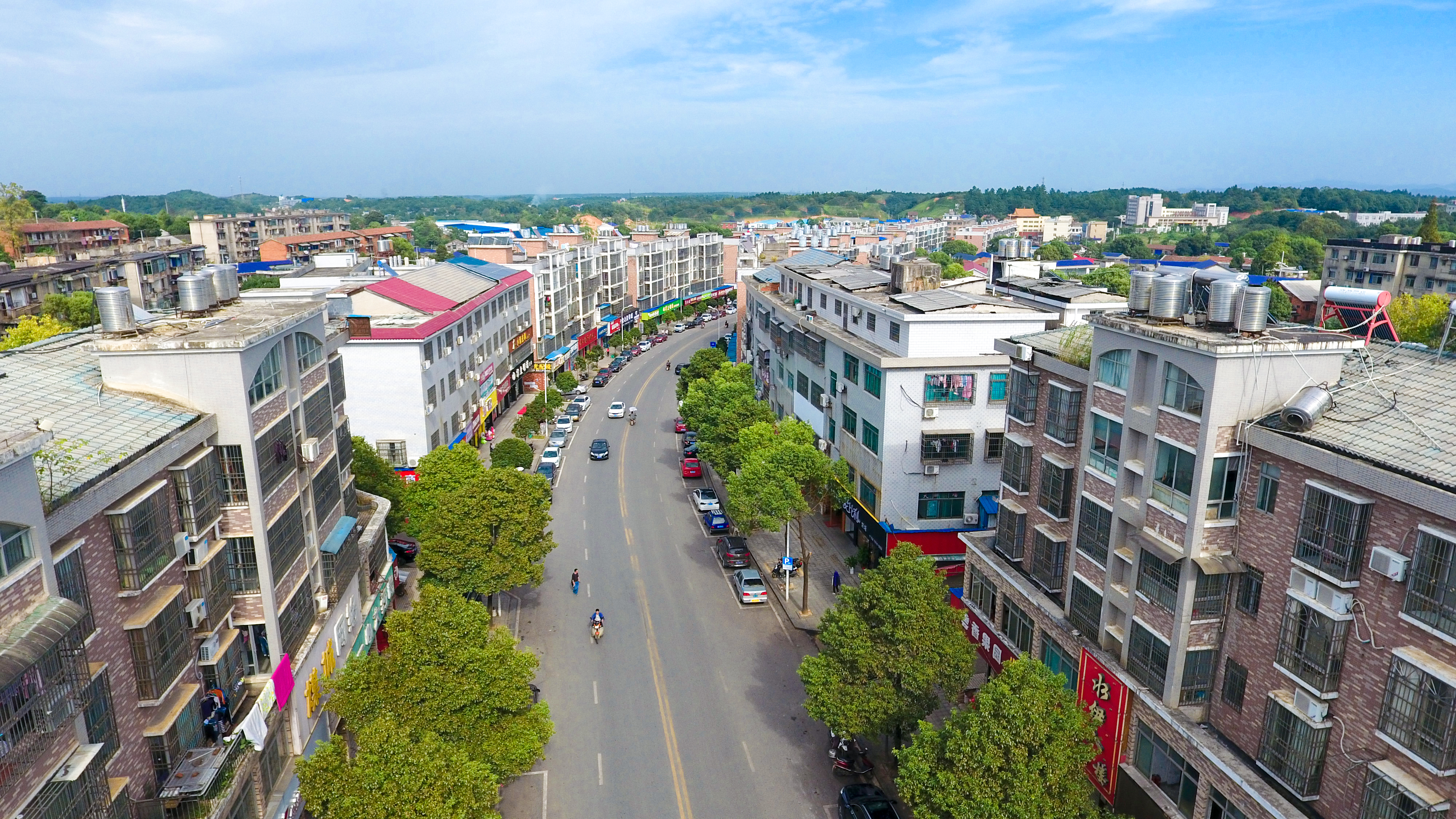 Ningxiang listed on China’s top 100 counties with comprehensive competitiveness
Ningxiang listed on China’s top 100 counties with comprehensive competitiveness  College welcomes a student of courage
College welcomes a student of courage 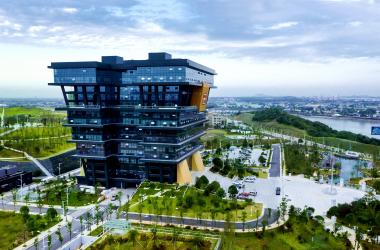 Changsha Blue Moon Valley Intelligent Home Appliances Industrial Town
Changsha Blue Moon Valley Intelligent Home Appliances Industrial Town 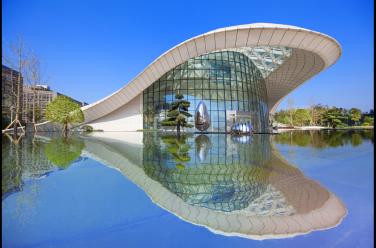 This is Ningxiang High-tech Zone
This is Ningxiang High-tech Zone 